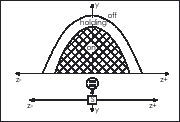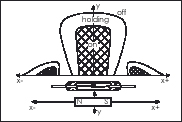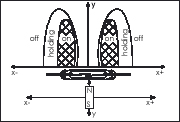Reedswitches
STG offers a wide range of reed switches with a glass tube length from 7 to 50 mm.
The capacity range covers switching capacities up to 120 W/VA, switching voltages of almost 0 V to 10 KV AC/DC and switching currents of 0 to 3 A AC/DC.
All reed switches are available as normally closed, normally open or bistable versions.
All variations can be customized to meet individual customer requirements.
Life Expectancy
The life expectancy of a Reed Switch is about 105…106 switching cycles with maximum power. With a low load the life expectancy can reach 5×108 operations.
The mechanical life expectancy can reach at least 109 operations.
Through the switching of inductive, capacitive and lamp loads, the life expectancy is considerably reduced due to exceeding the specified maximum current.



Through the switching of inductive, capacitive and lamp loads, the life expectancy is considerably reduced due to exceeding the specified maximum current.
In General
For all Reed Switches the standard pull-in sensitivity is given in the table.
Other pull-in sensitivities are available on request.
Order example

For example:
203.1523.090 is an 1523 ReedSwitch,
with pull-in sensitivity between 90-105AT (90+3*5AT);
2201.1917.065 is an 1917 Reed Switch,
with pull-in sensitivity between 65-70AT (65+1*5AT).
Normally Closed and Bistable Reed Switches
All Reed Switches are available in a normally closed or bistable version.
Pull In Sensitivity Tolerance
The given pull-in sensitivity of the Reed Switch has a test equipment tolerance of ± 2 AT.
The materials
Used for Reed Switch magnets are generally ALNICO (an aluminium nickel cobalt alloy), a ceramic (barium ferrite or another metal oxide) or rare earth magnets. Due to their specific magnetic characteristics, the types of magnets differ in shape: ALNICO magnets are bar magnets with a length/diameter ratio of 3/1 to 5/1; oxide magnets
are generally disc or moulded magnets.
Also important to note is the difference in temperature coefficient: ALNICO: 0.02 %/K, oxide: 0.2 %/K.
 English
English Deutsch
Deutsch Română
Română